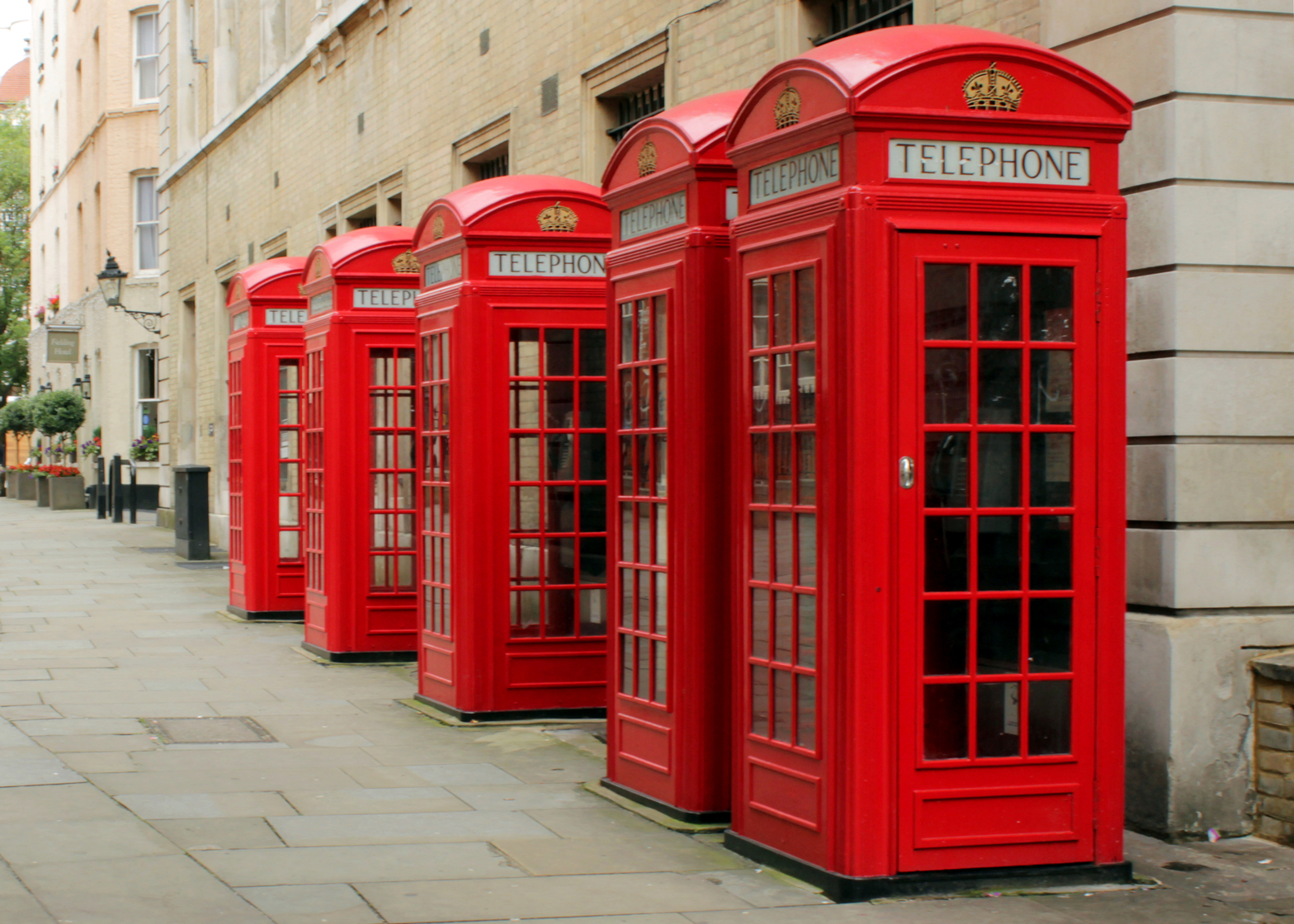A New York-based co-working company has plans for the UK's underused but iconic red public phone booths: it is transforming them into micro offices for workers on the go.
Bar Works will launch the project, known as Pod Works, in London, Leeds, Plymouth and Edinburgh as a more private alternative to co-working spaces and cafe offices.
"Entrepreneurs and others constantly on the move need a convenient, affordable and private place to work," said Bar Works CEO Jonathan Black.
"Why should they sit in Starbucks or any other coffee bar when using one of our Pods will allow them to truly focus on their job before an important meeting or presentation at less than the price of two cups of coffee a week?"
The company is retrofitting each phone box with Wi-Fi as well as a printer, scanner, wireless mouse, 25-inch screen, hot drinks machine and power outlets.
"Our solution maximises the space, and we have a solution for security and membership-only access together with the other problem of people using the space for too long," said Black.
A £19.99 monthly membership fee will grant users around-the-clock access to the booths via an app.
Bar Works, which has leased 23 red phone boxes via the Red Kiosk Company, expects the first pods to be operational in around eight weeks.
The UK's distinctive red phone boxes originate from a 1923 design called the K2 by English architect Giles Gilbert Scott, whose projects included Battersea Power Station.
A smaller, cheaper version of the design was installed in the late 1920s, followed by the short-lived concrete K3, but the K6 model from 1939 was the most successful version and was used across the country for decades. The K6 is included in the Design Museum's permanent collection.
Later versions by other designers include the K8 by Bruce Martin, rolled out during the 1960s, which featured large square panes of glass, but failed to find the same success. Many red boxes were replaced with the less popular open-fronted KX kiosk in the 1980s and 90s.
The rise of the mobile phone has made all of the designs increasingly redundant, and an growing number are being removed or taken out of service.
The question of what to do with the red phone booths has prompted a number of creative solutions. One in London contains a salad bar, some have been fitted with life-saving defibrillators, while others have been transformed into fish tanks in the name of art.
Pod Works' move towards micro-spaces is a further development in the trend for co-working and other atypical office environments.
Elsewhere, US company WeWork has extended their co-working spaces to co-living spaces, while LA-based architect Clive Wilkinson proposed a conceptual plan for a giant shared office in the sky.
Design company Haworth noted in their 2016 white paper that companies are increasingly focusing on office design in recognition of the major role it plays in influencing company culture.
"Research suggests that architecture, interior design and furnishings provide a tangible way to support – or even change – the culture of an organisation," said the paper.

